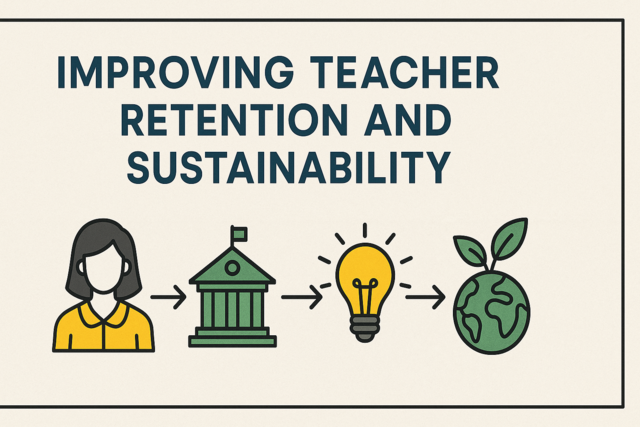Online Class: Educational Equity and Justice

no certificate
with CEU Certificate*
-
15Lessons
-
22Exams &
Assignments -
4Hours
average time -
0.4CEUs
Course Description
In a world that often underlines the paramount importance of education as the key to unlocking human potential, a burgeoning conversation around educational equity and justice has taken center stage. Imagine standing at the forefront of this remarkable movement—a place where your insights and actions can shape policies, systems, and futures. Welcome to the "Educational Equity and Justice" course, where your journey from passionate advocate to informed change-maker begins.
Picture the transformative power of truly understanding the intricate layers of history that underpin today's educational landscape. This course invites you to embark on a journey through time, revealing the tumultuous past of educational disparities, yet illuminating a hopeful path towards an equitable future. As you delve into historical contexts rich with lessons of inequity and movements for change, you'll begin to recognize the systemic structures that brought us to where we are today—and see yourself as part of the solution.
Imagine confronting socioeconomic and cultural barriers head-on, understanding them beyond surface-level appearances. Throughout this course, we'll explore how socio-economic factors and cultural nuances have shaped educational access across generations. You will learn to craft strategies to break these cyclical injustices, influencing not just policy but lives, one learner at a time.
This isn't just an academic exploration; it's an urgent call to action. You will walk away equipped with a deep comprehension of systemic racism's entrenched roots within educational systems. It's a chance to turn understanding into action, fostering environments that celebrate diversity both in staffrooms and classrooms, ensuring every voice is acknowledged and valued.
The narrative doesn't stop here. Think about the geographic barriers that separate rural learners from their urban counterparts. By exploring innovative solutions, such as mobile learning platforms and satellite schools, you'll become the bridge that spans development gaps, bringing quality education within the reach of all—regardless of zip code.
Now, consider your power in promoting gender equity. Break free from the vestiges of past injustices, learning to smash the glass ceiling by fostering gendersensitive environments. While progress awaits, your role in dismantling enduring systemic barriers is crucial, echoing through classrooms both today and tomorrow.
What's more, the course offers a rich tapestry of strategies to cultivate inclusive learning environments, whether through policy reform, community engagement, or cutting-edge technology. You will become adept in creating educational ecosystems where every student, regardless of their background, finds room to thrive.
Unlock the legal dimensions of disability rights within education and understand how you can advocate for the highest standard of inclusive learning experiences—fuelling potential, sparking ambitions, and ensuring that no child is left behind.
In a world characterized by diversity, equipping yourself with cultural competency becomes non-negotiable. This course empowers you to embrace, understand, and celebrate diversity within educational contexts, cutting through biases and shaping a radically inclusive curriculum.
Finally, carve out strategies to address implicit biases—the often-unseen yet deeply impactful obstacles in education. Recognize them, challenge them, and transform your learning environments into spaces of empowerment.
This course is not just information—it's an invitation. While others may offer insights, we offer transformation. Step into this experience knowing that you will come out not just educated, but ready to educate; not just informed, but inspired to make tangible differences in learners' lives forever.
Picture a world where every child feels valued, has a chance to succeed, and no potential is wasted. That's the vision we're pursuing—and you can be a central part of bringing it to life.
Are you ready to embrace your role as a leader in educational equity and justice? Enroll now and transform your passion into genuine change. Your journey to making difference starts here.
- Completely Online
- Self-Paced
- 6 Months to Complete
- 24/7 Availability
- Start Anytime
- PC & Mac Compatible
- Android & iOS Friendly
- Accredited CEUs

Course Lessons
Lesson 1. Unequal Past, Equitable Future: A Journey Through Educational History
The struggle for educational equity involves balancing equality with equity, recognizing diverse needs without one-size-fits-all solutions. From differentiated instruction to data-driven policies, modern education adapts to foster inclusivity and justice for all learners.Lesson 2. Exploring Educational Disparities Across Eras: A Deep Dive into Socioeconomic and Cultural Influences
Economic disparities limit educational access, with wealth determining opportunities from preschool to higher education, creating cycles of disadvantage. The digital divide exacerbates this issue, as students without technological resources fall behind, evident during necessary remote learning in the COVID-19 pandemic.Lesson 3. The Role of Socioeconomic Factors in Educational Success
Through the lens of income, education, and occupational prestige, SES reflects the intersectionality of wealth and opportunity, dictating individual life chances. By implementing targeted reforms, societies can dismantle SES barriers, promoting educational success and social mobility across diverse communities.Lesson 4. The Legacy of Systemic Racism in Education
Curriculum biases and underrepresentation of minority teachers exacerbate educational inequities by marginalizing non-white perspectives. Promoting inclusive teaching and recruiting diverse educators are crucial steps toward equity.Lesson 5. Innovative Solutions for Geographical Educational Barriers
Access to education is hindered by geographical and technological divides, with many rural students lacking high-speed internet and adequate resources. Innovations like satellite schools and mobile learning platforms are bridging some of these gaps, fostering greater inclusion.Lesson 6. From Exclusion to Inclusion: Tracing the Evolution of Gender Equity in Education
Historically, educational inequity has marginalized women, influenced by deep-rooted societal norms that favored male education. Despite progress towards gender equity, systemic barriers still persist globally, requiring ongoing efforts for justice in education.Lesson 7. Creating Equitable Learning Environments: The Promise and Challenges of Inclusive Education
Though legislative advances have catalyzed progress toward inclusive education, disparities in policy implementation and social attitudes persistently impede universal access to equitable learning environments. Overcoming these challenges demands comprehensive strategies focusing on community involvement, technology access, and culturally responsive teaching.Lesson 8. The Legal Landscape of Disability Rights in Education: A Comprehensive Guide
Through the lens of evolving educational standards, the lesson stresses the necessity of ambitious goals and continuous improvement for students with disabilities. Educators, parents, and students themselves must be informed and engaged to advocate for high-quality, inclusive educational experiences that reflect each student's potential.Lesson 9. Navigating Diversity: Key Elements of Cultural Competency
Cultural diversity in education extends beyond acknowledgment to include diverse perspectives in curricula and school activities. Educators play a key role by embracing cultural competence, amplifying student voices, and creating a bias-free learning space.Lesson 10. Deconstructing Prejudice: Understanding Implicit Bias for Educational Equality
Implicit bias, deeply ingrained yet often unconscious, affects educational equity by influencing how teachers perceive and interact with students, leading to systemic disparities. Recognizing and addressing these biases through training and inclusivity initiatives is crucial for creating equitable school environments that support every student's growth.Lesson 11. Delving into the Rich Tapestry of LGBTQ+ Terminology and History for Inclusive Education
Mastery of LGBTQ+ terminology and history is integral to advancing educational equity, fostering environments where all students feel safe and valued. As inclusivity takes root, students excel academically and personally, emboldened to advocate for justice and diversity.Lesson 12. Weaving Equity: The Historical Tapestry of Community Engagement in Education
From the 19th-century establishment of public schools to contemporary multicultural education, community engagement has consistently addressed educational disparities and cultural representation in curricula. Modern efforts, including those by Cuban-American and German-American communities, underscore the importance of cultural preservation intertwined with educational progress.Lesson 13. Inclusive Classrooms: Bridging Cultural and Socioeconomic Divides
Acknowledging diverse learning styles and needs is crucial for achieving educational equity and enriching the classroom experience. By embracing multiple intelligences and varied instructional methods, educators can foster inclusivity and engagement for all students.Lesson 14. Equity in Education: The Journey Towards Justice
Evaluating the outcomes of educational reforms is essential to address disparities and ensure equitable access to quality education for all students, regardless of socioeconomic background. Through examining both short and long-term impacts, such evaluations reveal the effectiveness of policies in promoting equity, especially for marginalized communities.Lesson 15. Bridging the Gap: Pathways Toward Educational Equity
Students with disabilities confront additional systemic barriers in education, often due to insufficient resources and inadequate teacher training. Promoting inclusive educational settings and effectively implementing individual education plans are vital for equitable learning experiences.
Learning Outcomes
- Define the historical progression of educational equity from Ancient Greece to modern advocacy by referencing major societal influences and legal milestones.
- Identify the impact of key figures and theories on educational equity, such as Dewey, Freire, and Crenshaw, by explaining their contributions and how they shape current educational practices.
- Identify significant legal and social milestones, including Brown v. Board of Education and the Civil Rights Movement, contributing to contemporary educational equity.
- Define the historical roots of educational inequality by analyzing the impact of socioeconomic structures such as the Industrial Revolution and property tax-based funding.
- Analyze the interconnectedness of SES and educational outcomes by identifying strategies that can address disparities, such as policy interventions and community-based initiatives.
- Define socioeconomic status (SES) and explain how its components—income, education, and occupational prestige—impact educational equity and opportunities for learners.
- Define the historical and systemic factors contributing to educational inequities regarding race and ethnicity with 90% accuracy after reviewing pertinent case studies and policies.
- Identify and analyze contemporary strategies, such as culturally responsive teaching and equitable funding reforms, aimed at reducing racial and ethnic disparities in education with 85% accuracy.
- Describe the socio-economic challenges associated with geographical barriers in education, and evaluate strategies to address educational inequities in rural and urban areas.
- Identify solutions and initiatives designed to mitigate geographical barriers to education, including technological advancements and innovative educational models.
- Describe the impact of gender equity initiatives on educational access and outcomes, utilizing data to evaluate progress in specific regions or globally.
- Recognize the historical roots and societal factors contributing to gender inequity in education by analyzing key events and figures from different eras.
- Recognize the historical milestones that have shaped the evolution of inclusive education, such as the Individuals with Disabilities Education Act.
- Demonstrate mastery of lesson content at levels of 70% or higher.
Additional Course Information

- Document Your Lifelong Learning Achievements
- Earn an Official Certificate Documenting Course Hours and CEUs
- Verify Your Certificate with a Unique Serial Number Online
- View and Share Your Certificate Online or Download/Print as PDF
- Display Your Certificate on Your Resume and Promote Your Achievements Using Social Media

Choose Your Subscription Plan
No Certificate / No CEUs
This course only
| Includes certificate | X |
| Includes CEUs | X |
| Self-paced |

|
| Instructor support |

|
| Time to complete | 6 months |
| No. of courses | 1 course |
Certificate & CEUs
This course only
| Includes certificate |

|
| Includes CEUs |

|
| Self-paced |

|
| Instructor support |

|
| Time to complete | 6 months |
| No. of courses | 1 course |
Certificates & CEUs
Includes all 600+ courses
| Includes certificate |

|
| Includes CEUs |

|
| Self-paced |

|
| Instructor support |

|
| Time to complete | 12 Months |
| No. of courses | 600+ |
Certificates & CEUs
Includes all 600+ courses
| Includes certificate |

|
| Includes CEUs |

|
| Self-paced |

|
| Instructor support |

|
| Time to complete | 24 Months |
| No. of courses | 600+ |
Related Courses
-
 7 hours
0.7 CEUs
Exploring Chakra Alignments
+ More Info
7 hours
0.7 CEUs
Exploring Chakra Alignments
+ More Info
-
 4 hours
0.4 CEUs
Breathwork for Emotional Balance
+ More Info
4 hours
0.4 CEUs
Breathwork for Emotional Balance
+ More Info
-
 5 hours
0.5 CEUs
Coaching and Mentoring Skills
+ More Info
5 hours
0.5 CEUs
Coaching and Mentoring Skills
+ More Info
-
 5 hours
0.5 CEUs
Fostering a Positive Attitude
+ More Info
5 hours
0.5 CEUs
Fostering a Positive Attitude
+ More Info
-
 5 hours
0.5 CEUs
The Alchemical Traditions of Druidic Wisdom
+ More Info
5 hours
0.5 CEUs
The Alchemical Traditions of Druidic Wisdom
+ More Info
-
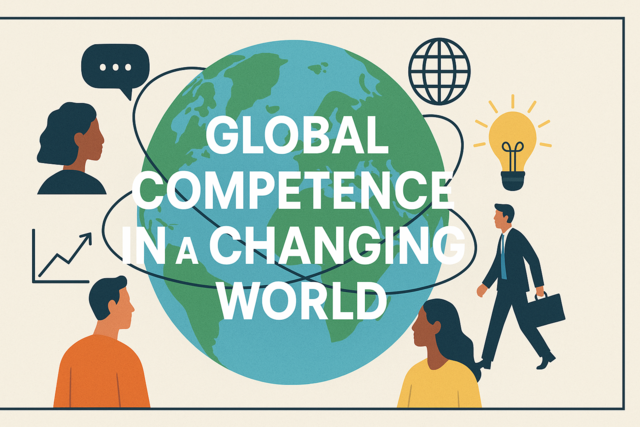 4 hours
0.4 CEUs
Global Competence in a Changing World
+ More Info
4 hours
0.4 CEUs
Global Competence in a Changing World
+ More Info
-
 6 hours
0.6 CEUs
Boundaries and Balance: Essential Insights for Healthy Relationships
+ More Info
6 hours
0.6 CEUs
Boundaries and Balance: Essential Insights for Healthy Relationships
+ More Info
-
 5 hours
0.5 CEUs
Advanced Communication Skills for the Workplace
+ More Info
5 hours
0.5 CEUs
Advanced Communication Skills for the Workplace
+ More Info
-
 4 hours
0.4 CEUs
Implementing Universal Design for Learning (UDL)
+ More Info
4 hours
0.4 CEUs
Implementing Universal Design for Learning (UDL)
+ More Info
-
 5 hours
0.5 CEUs
Implementing School-Wide Literacy Programs
+ More Info
5 hours
0.5 CEUs
Implementing School-Wide Literacy Programs
+ More Info
-
 4 hours
0.4 CEUs
Sound Healing: Vibrations for Wellness
+ More Info
4 hours
0.4 CEUs
Sound Healing: Vibrations for Wellness
+ More Info
-
 6 hours
0.6 CEUs
Digital Literacy and Security
+ More Info
6 hours
0.6 CEUs
Digital Literacy and Security
+ More Info
-
 7 hours
0.7 CEUs
Leadership in Educational Settings
+ More Info
7 hours
0.7 CEUs
Leadership in Educational Settings
+ More Info
-
 3 hours
0.3 CEUs
Preparing Special Education Students for Standardized Tests
+ More Info
3 hours
0.3 CEUs
Preparing Special Education Students for Standardized Tests
+ More Info
-
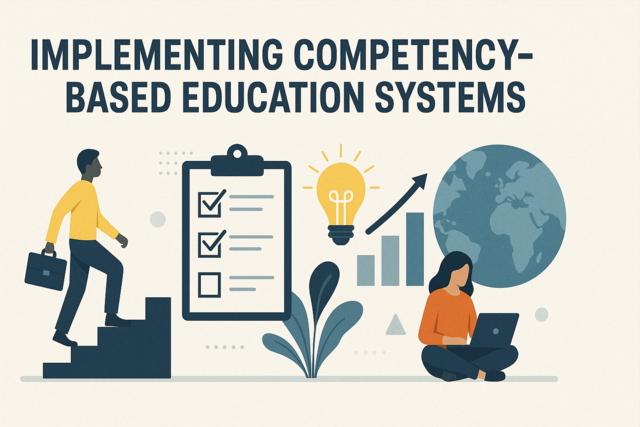 4 hours
0.4 CEUs
Implementing Competency-Based Education Systems
+ More Info
4 hours
0.4 CEUs
Implementing Competency-Based Education Systems
+ More Info
-
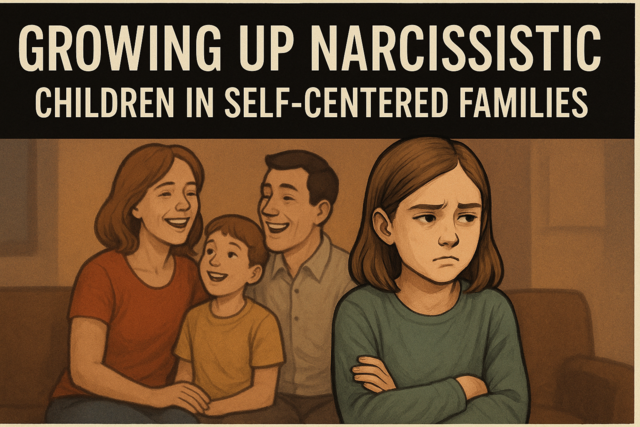 3 hours
0.3 CEUs
Growing Up Narcissistic: Children in Self-Centered Families
+ More Info
3 hours
0.3 CEUs
Growing Up Narcissistic: Children in Self-Centered Families
+ More Info
-
 7 hours
0.7 CEUs
Blended Learning Models in Schools
+ More Info
7 hours
0.7 CEUs
Blended Learning Models in Schools
+ More Info
-
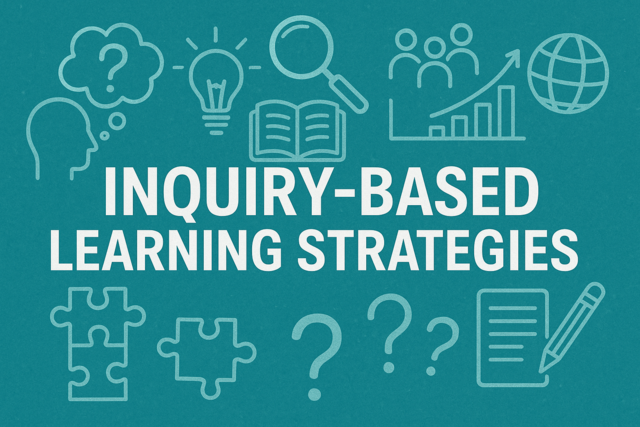 5 hours
0.5 CEUs
Inquiry-Based Learning Strategies
+ More Info
5 hours
0.5 CEUs
Inquiry-Based Learning Strategies
+ More Info
-
 7 hours
0.7 CEUs
Effective Minute-Taking for Meetings
+ More Info
7 hours
0.7 CEUs
Effective Minute-Taking for Meetings
+ More Info
-
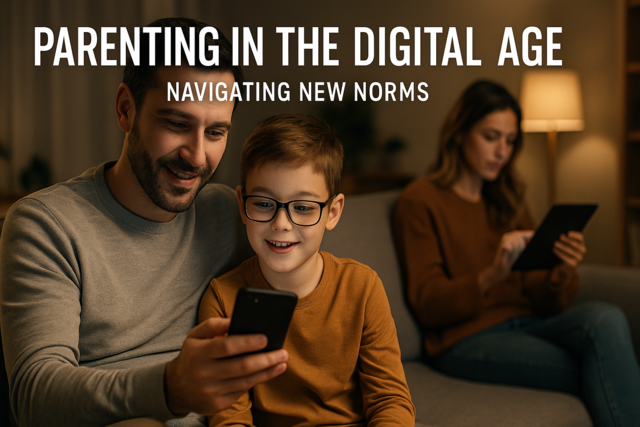 6 hours
0.6 CEUs
Parenting in the Digital Age: Navigating New Norms
+ More Info
6 hours
0.6 CEUs
Parenting in the Digital Age: Navigating New Norms
+ More Info
-
 4 hours
0.4 CEUs
Mysteries of the Quantum Realm
+ More Info
4 hours
0.4 CEUs
Mysteries of the Quantum Realm
+ More Info
-
 3 hours
0.3 CEUs
Exploring Parallel Universes
+ More Info
3 hours
0.3 CEUs
Exploring Parallel Universes
+ More Info
-
 7 hours
0.7 CEUs
Building a Healthy Work Environment
+ More Info
7 hours
0.7 CEUs
Building a Healthy Work Environment
+ More Info
-
 7 hours
0.7 CEUs
The Capsule Wardrobe: Streamlining Luxury with Style
+ More Info
7 hours
0.7 CEUs
The Capsule Wardrobe: Streamlining Luxury with Style
+ More Info
-
 6 hours
0.6 CEUs
Conscious Coupledom: Building Mindful Partnerships
+ More Info
6 hours
0.6 CEUs
Conscious Coupledom: Building Mindful Partnerships
+ More Info
-
 5 hours
0.5 CEUs
Family Futures: Creating Lasting Legacies
+ More Info
5 hours
0.5 CEUs
Family Futures: Creating Lasting Legacies
+ More Info
-
 3 hours
0.3 CEUs
Customer Service Excellence
+ More Info
3 hours
0.3 CEUs
Customer Service Excellence
+ More Info
-
 3 hours
0.3 CEUs
Sound Therapy and Vibrational Healing
+ More Info
3 hours
0.3 CEUs
Sound Therapy and Vibrational Healing
+ More Info
-
 4 hours
0.4 CEUs
Assertiveness Training for Professionals
+ More Info
4 hours
0.4 CEUs
Assertiveness Training for Professionals
+ More Info
-
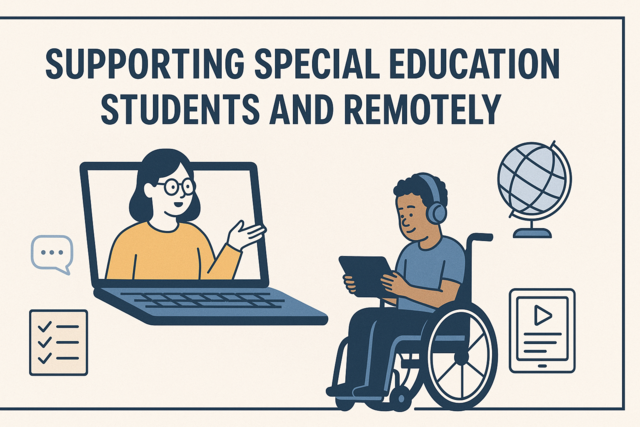 5 hours
0.5 CEUs
Supporting Special Education Students Virtually and Remotely
+ More Info
5 hours
0.5 CEUs
Supporting Special Education Students Virtually and Remotely
+ More Info
-
 4 hours
0.4 CEUs
Innovative Curriculum Design for the 21st Century
+ More Info
4 hours
0.4 CEUs
Innovative Curriculum Design for the 21st Century
+ More Info
-
 7 hours
0.7 CEUs
The Unseen Energies in the Universe
+ More Info
7 hours
0.7 CEUs
The Unseen Energies in the Universe
+ More Info
-
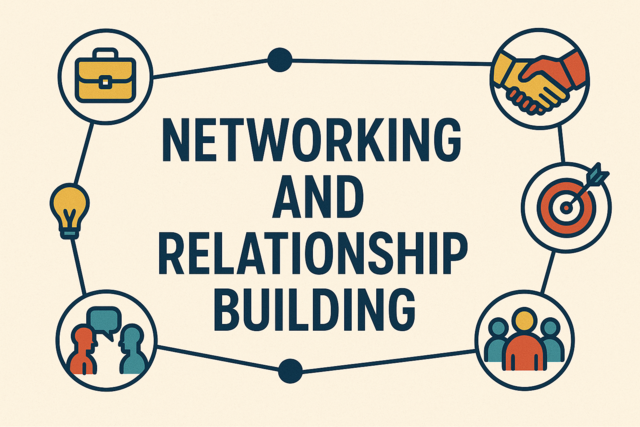 7 hours
0.7 CEUs
Networking and Relationship Building
+ More Info
7 hours
0.7 CEUs
Networking and Relationship Building
+ More Info
-
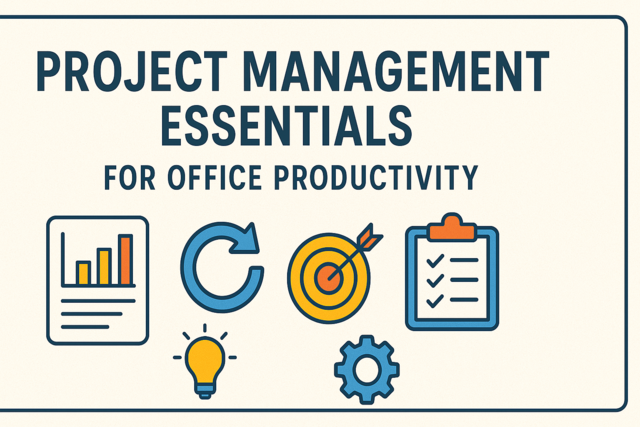 4 hours
0.4 CEUs
Project Management Essentials for Office Productivity
+ More Info
4 hours
0.4 CEUs
Project Management Essentials for Office Productivity
+ More Info
-
 7 hours
0.7 CEUs
Sustainable Living and Eco-Friendly Practices
+ More Info
7 hours
0.7 CEUs
Sustainable Living and Eco-Friendly Practices
+ More Info
-
 7 hours
0.7 CEUs
Emotional Detox: Clearing Pathways to Better Relationships
+ More Info
7 hours
0.7 CEUs
Emotional Detox: Clearing Pathways to Better Relationships
+ More Info
-
 4 hours
0.4 CEUs
Vital Conversations: Cultivating Depth in Daily Interactions
+ More Info
4 hours
0.4 CEUs
Vital Conversations: Cultivating Depth in Daily Interactions
+ More Info
-
 3 hours
0.3 CEUs
From Me to We: Transitioning to a Team Mindset
+ More Info
3 hours
0.3 CEUs
From Me to We: Transitioning to a Team Mindset
+ More Info
-
 5 hours
0.5 CEUs
Emotional Intelligence in the Workplace
+ More Info
5 hours
0.5 CEUs
Emotional Intelligence in the Workplace
+ More Info



